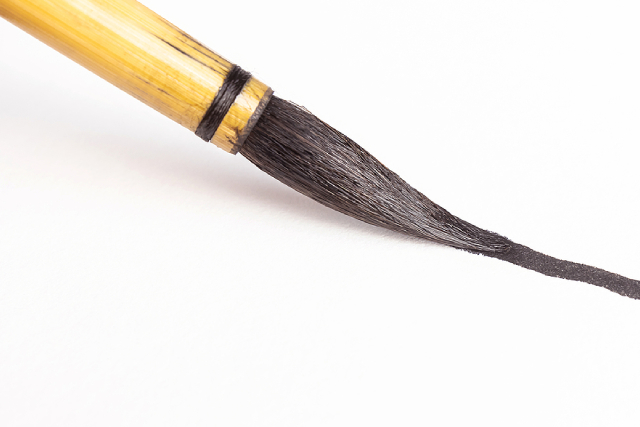Korean calligraphy, or “Seoye” (서예) is a traditional art form that dates back to ancient times. It is a unique and elegant form of writing that has been used for centuries to express beauty, emotions, and spiritual ideas. In this article, we will explore the art of Korean calligraphy and discover the beauty of each brushstroke.
History and Origins of Korean Calligraphy
Korean calligraphy has its roots in China’s Han dynasty, where the art of writing was considered an important form of expression. It was later introduced to Korea in the 4th century AD, during the Three Kingdoms period. Korean calligraphy flourished during the Goryeo dynasty (918-1392), where it was used to express religious ideas, texts, personal writings, and poetry. During the Joseon dynasty (1392-1910), calligraphy became an integral part of the education system, where students were taught the art of writing as part of their studies.
The Techniques of Korean Calligraphy
Korean calligraphy involves using a brush, ink, and paper to create beautiful and expressive characters. The brush is made of animal hair and comes in various sizes and shapes. Additionally, the ink used in Korean calligraphy is typically made from soot or charcoal, mixed with water to create a thick and dark liquid. And finally, the paper used in Korean calligraphy is generally made from rice, mulberry, or bamboo.
The calligrapher holds the brush a specific way, with the fingers wrapped around the handle and the thumb placed on top to provide control. The brush is then dipped in ink, and the writer makes fluid and graceful strokes on the paper.
The strokes used are characterised by their thickness and thinness. The thicker strokes are created by pressing the brush harder against the paper, while the thinner strokes are created by lifting the brush slightly. The direction of the brushstrokes is also vital in Korean calligraphy. Each stroke has a specific direction and angle, which gives the characters a unique and expressive quality.
The Beauty of Korean Calligraphy
The beauty of Korean calligraphy lies in its simplicity and elegance. The characters are created with fluid and graceful brushstrokes that convey a sense of movement and life. The black ink against the white paper creates a striking contrast that emphasises the aesthetic appeal of the characters.
Korean calligraphy is also rich in symbolism and meaning. Each character has its unique meaning and conveys a specific idea or emotion. The characters are often used to express spiritual or philosophical ideas and personal thoughts and feelings.
Conclusion
Korean calligraphy is a unique and refined art form that has been cherished for centuries. Whether it’s used for writing or arts and crafts, there’s no denying its uniqueness. Korean calligraphy reflects the beauty and spirit of Korean culture and is a testament to the creativity and ingenuity of the Korean people.
If you’re interested in learning more about the Korean language in general, Sejong offers Korean language courses of unparalleled quality. Helmed by dedicated and qualified teachers, you can be sure that your grasp of the language will exceed every expectation. Contact us today to learn more.


